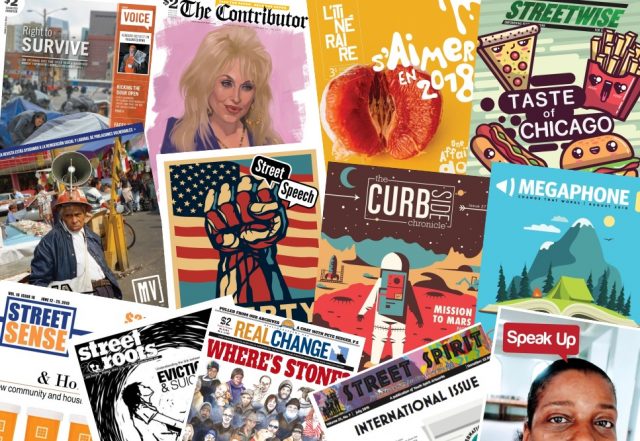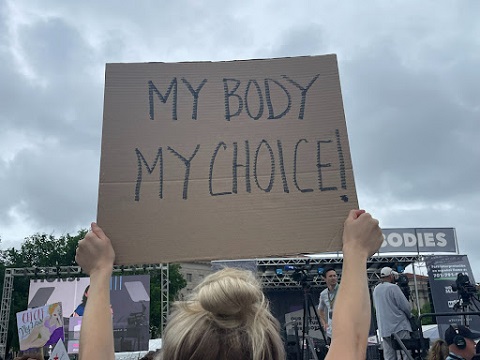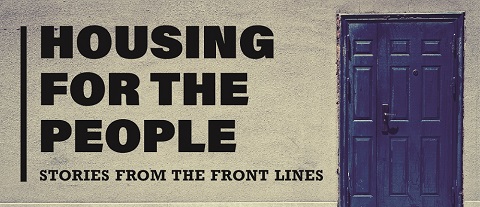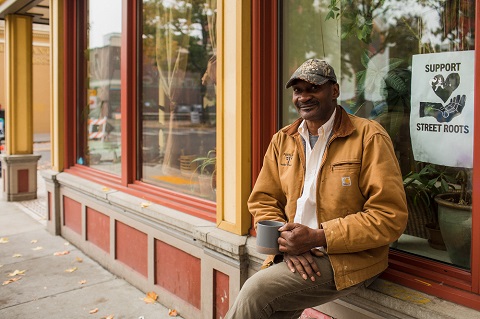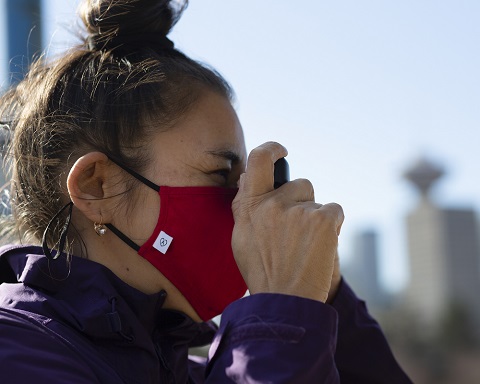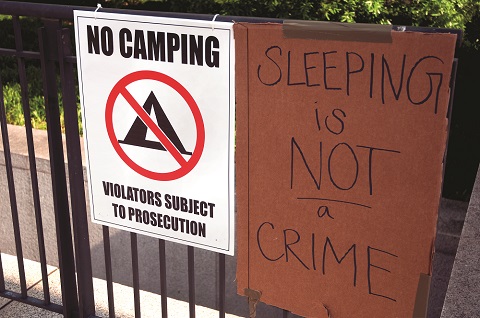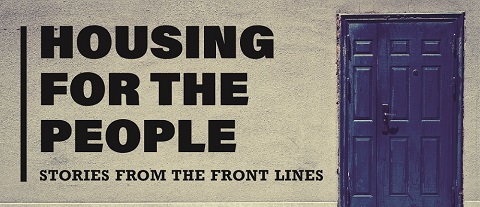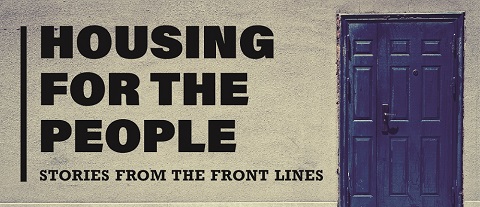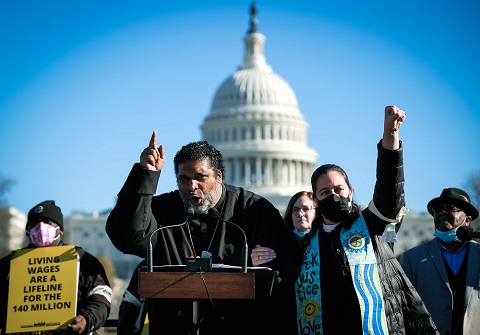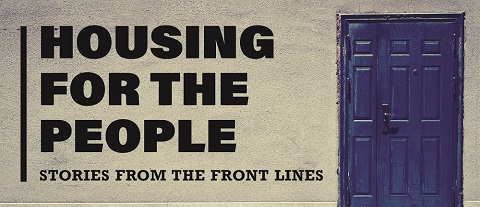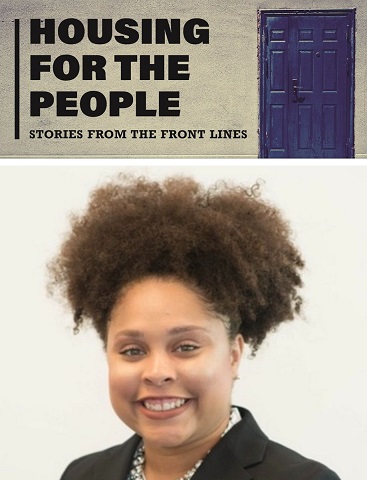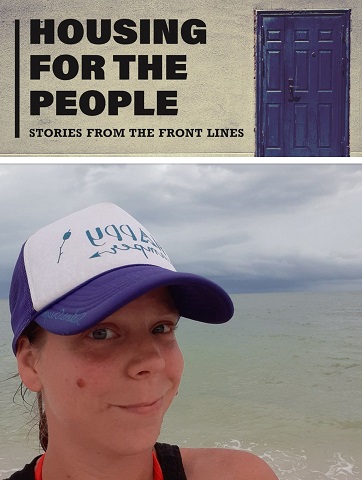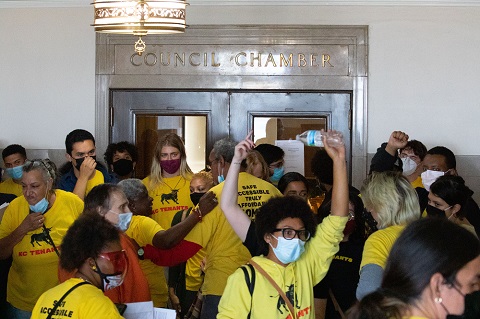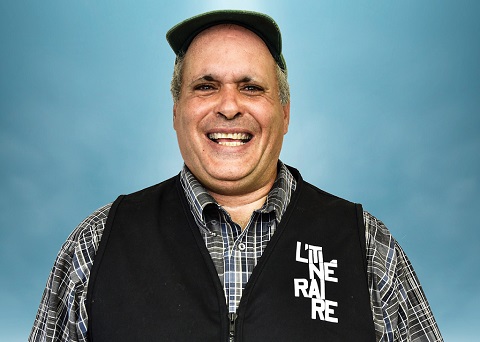Earlier today, INSP brought you stories from those living on the streets of Berkeley, published in the city’s street paper Street Spirit, that told tales of paranormal experiences, brushes with what could have been actual ghosts and, more eerily, the ghosts of memory. Here are two more pieces of writing, also by people who have experience of homelessness, which talk more about the truthful horrors that can occur while homeless.
Paralyzed: the demons that prey on the homeless
By Andy Pope
When one is homeless, one is by definition exposed to all kinds of elements that escape the confines of one who lives indoors. Weather is only one such element. There are also predatorial elements—people who invade the space of someone who has no physical barrier to separate them from intruders of the night.
There is also another kind of predator sometimes encountered in the darkness. This is the supernatural predator, often colloquially referred to as a “demon”—an entity that invades one’s dream states, or states of half-sleep.
Homeless friends of mine reported being “hassled” or “attacked” by malevolent entities that seemed to hover over various outdoor spots where we tried to sleep. I sometimes sensed these invasions as well. Typically, I would become paralyzed, and suddenly feel as though an invisible hostile creature was grabbing me and rubbing or scratching me with things that felt like paws or claws. Sometimes I would feel as though I were being pounded upon. I would hear abusive voices as this happened: “Andy, you scum bag!! You are a total piece of shit!!!”
Whether these were truly alien invaders from outer space, or merely the subconscious reflection of my own low self-esteem, I cannot say.
I’ve learned that the half-sleep state in which these attacks occur has a name: sleep paralysis.
Sleep paralysis is a condition where one is awake to one’s surroundings but lacks motor control. In other words, you’re not awake enough to move your body, but awake enough to know what’s going on. It often strikes during times when the usual patterns of sleep have been disrupted. In my experience, very few things have disrupted my normal sleep patterns as much as the overall conditions of homelessness.
Homeless friends of mine reported being “hassled” or “attacked” by malevolent entities that seemed to hover over various outdoor spots where we tried to sleep. I sometimes sensed these invasions as well.
As a person who has had sleep paralysis since the age of 14, I am among the eight per cent of the population for whom this condition is commonplace. When I was homeless, I noticed that these intrusions would be different depending on when and where they occurred. For example, intrusions in Ohlone Park were different from those that took place on the steps of St. Joseph the Worker church or outside of the Rubicon building. I always sensed that I was being assaulted by some kind of invisible entity, but the nature of the entity would differ according to where it was that I was trying (unsuccessfully) to sleep.
If I were to take a daytime nap on Bart, however, I noticed that I was free of these mysterious assailants. However, when the train would stop, sometimes they would attack. This gave rise to the theory that they lived in a reality that intersected the normal Earth-based reality at certain spots, but that they were unable to traverse the surface of the Earth—at least not at speeds corresponding to those of rapid transit. This theory is reminiscent of the concept of the “tesseract” expounded in the book A Wrinkle in Time by Madeleine d’Engels.
Another theory had to do with the veracity of these demon-riddled reports. How plausible were they really? How credible were those who reported them? And most of all, who was most likely to believe them? I could not help but notice that those who were impoverished, homeless, on disability, working poor, or low-wage blue collar or assembly line workers were the quickest to embrace and believe my reports of sleep paralysis. Often, people in the lower socio-economic brackets would share their own similar experiences of encounters with “demons.” But people in the scientific community, upper level academics, white collar workers, and corporate business people seemed often to scoff at our accounts, writing them off the same way they wrote off all of our statements. To be sure, this is another type of paralysis, one that is relentless, and occurs in broad daylight.
Whatever the cause or effect of these widespread stories, one thing seemed most disturbingly clear. There were legions of demons haunting the realm of the disadvantaged, the underprivileged, the unprotected, and the abandoned. Whether they meet us in dream states or in harsh reality, there are far more homeless demons than meet the eye.
Andy Pope is a freelance writer who live in the Pacific Northwest, and the author of Eden in Babylon, a musical about youth homelessness in urban America.

We are the haunted, not the horrors
By Stefani Echeverría-Fenn
Science has now proven that trauma can be passed down inter-generationally; that rats whose mothers were exposed to stressors like water can epigenetically inherit a special fear of water.
Before we had this science, nearly every culture on Earth had ghost stories. Nearly every culture on Earth intuitively understood that unresolved traumas will continue to haunt and walk among us for as long as we refuse to reckon with them. That painful histories must be acknowledged, not simply buried, or we will wake up in the middle of the night terrified and haunted.
I started #37MLK—an autonomous encampment in Oakland—because I am haunted in the daylight too. I escaped long-term homelessness by the skin of my teeth ten years ago. In 2010, my Oakland neighborhood (Ghost Town) was still cheap enough to rent a one bedroom for $800, no credit check required. I still live in that place, haunted by the fact that if I were only 10 years younger, I’d still be homeless. Post-gentrification, identical units to mine now start at $2500; an unthinkable sum for folks transitioning out of being unhoused. The spectre of my slum landlord hovers, trying to push all of us long term tenants out so he can raise the rent.
More than anything though, I am haunted not by ghosts but by the memories of what it felt like to be a ghost myself. All those years as a homeless disowned queer youth, I felt myself a phantom– completely invisible to the housed as they hurried by me on the sidewalk. Never truly seen as human, only a threat going bump in the night whenever I dared cry out that something was terribly wrong.
After I was housed, after I began a new life as a fancy Berkeley PhD student, I was expected to just forget about it all. Forget about the street communities that sustained me when no one else would. Ghosts do not forget though, that’s how they come to be.
Ghosts refuse to leave homes quietly for the convenience of new owners. We at #37MLK are the ghosts that rich landlords will never be able to exorcise. Who refuse to be shipped out of our communities and our block, but stay here haunting the powerful; our very presence refusing to let them forget their own histories of violence. It is white violence that first called Black people spooks, and the legacy of white supremacy continues to haunt this block. We obtain the old records of racist real estate redlining on this block. We stay around the very buildings unscrupulous landlords evicted us from. We offer this land back to the living Ohlone people whose ancestral spirits still walk this land, their burial shellmounds harmed terribly by the nearby Emeryville malls. We are the communities haunted by these histories that polite society would have us forget, and if we are ghosts we are holy.
Stefani Echeverría-Fenn is a founder of #37MLK and The Sportula: Microgrants for Classics Students. She is a PhD student and adjunct lecturer of Latin and Ancient Greek at UC Berkeley and The Jesuit School of Theology.




